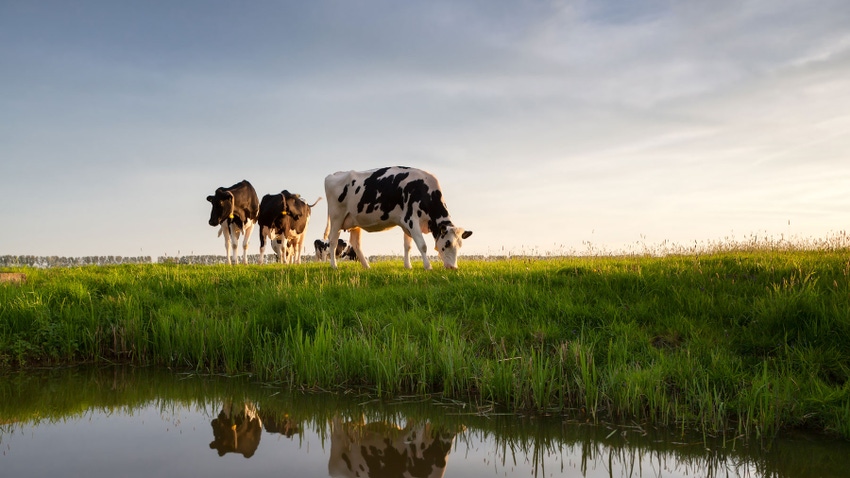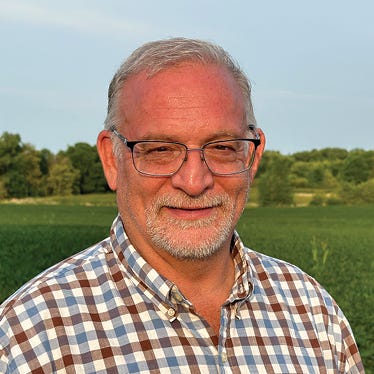February 1, 2023

In the last days of 2022, the Environmental Protection Agency and Army Corps of Engineers announced a “final” rule establishing a “durable” definition of Waters of the United States to “reduce uncertainty from changing regulatory definitions.” This action was anticipated, as the agencies had given notice that they would replace the existing WOTUS definition, which was put in place during the Donald Trump administration, shortly after President Joe Biden took office.
My highlights of the terms final, durable and reduce(d) uncertainty” are meant to draw attention to the troublesome ongoing pendulum swings the WOTUS definition has provided in recent years.
Essentially, the new definition replaces the Donald Trump-era definition focusing on the traditional Clean Water Act term “navigable waters.” The replacement is not necessarily new to those who have followed the conversation, largely being a return to the 2015 WOTUS definition put in place by the agencies during the Barack Obama administration.
Hence my skepticism and expectation that this “new” definition is anything but final and durable, which is indeed cause for uncertainty.
Congress has wrestled with redefining WOTUS for more than 20 years without reaching a consensus, durable rule. In the absence of congressional action, the to-and-fro circus causes the other two branches of government to act. The executive branch — specifically the agencies — seems to be constantly in rewrite mode and has dominated much of the discussion for the past decade.
Courts are key players
The third branch of government, the courts, is also a key player. Lawsuits brought either by or against the agencies provide further perspective on the boundaries of the agencies’ authority. Since 1985, three cases have risen to the Supreme Court level.
In 1985, the U.S. vs. Riverside Bayview Homes case determined that the agencies do have authority to regulate certain wetlands that are adjacent to other jurisdictional waters. Then in the 2001 case of the Solid Waste Agency of Northern Cook County vs. the Corps of Engineers, the court ruled that the use of isolated ponds by migrating birds does not equate to jurisdiction.
Much of the debate in recent years relates to a 2006 Supreme Court case involving a developer, Rapanos vs. United States. The court decision in this case resulted in a tie of sorts, a 4-1-4 vote, with a plurality opinion authored by the late Justice Scalia ruling that WOTUS includes “relatively permanent” bodies of water and wetlands having a “direct connection” to waters covered by WOTUS.
Meanwhile, Justice Kennedy (now retired and the 1 in the 4-1-4 vote), wrote that wetlands should be considered on a case-by-case basis and introduced the phrase “significant nexus.” Kennedy described significant nexus as wetlands that significantly impacted a traditionally navigable water.
As one might imagine, these cases shed a little light, but not much, on the issue. What is significant? What is “relatively permanent”?
Interestingly, even as the Biden administration left us with this holiday season gift, we also await a decision from the Supreme Court on another case, Sackett vs. the EPA. This case involves an Idaho couple and their efforts to build on their property, which the Corps of Engineers says contain wetlands subject to Clean Water Act regulation. The case was heard last October, and a decision is expected in the next few months.
Stay tuned!
Formo is executive director of the Minnesota Agricultural Water Resource Center.
About the Author(s)
You May Also Like






